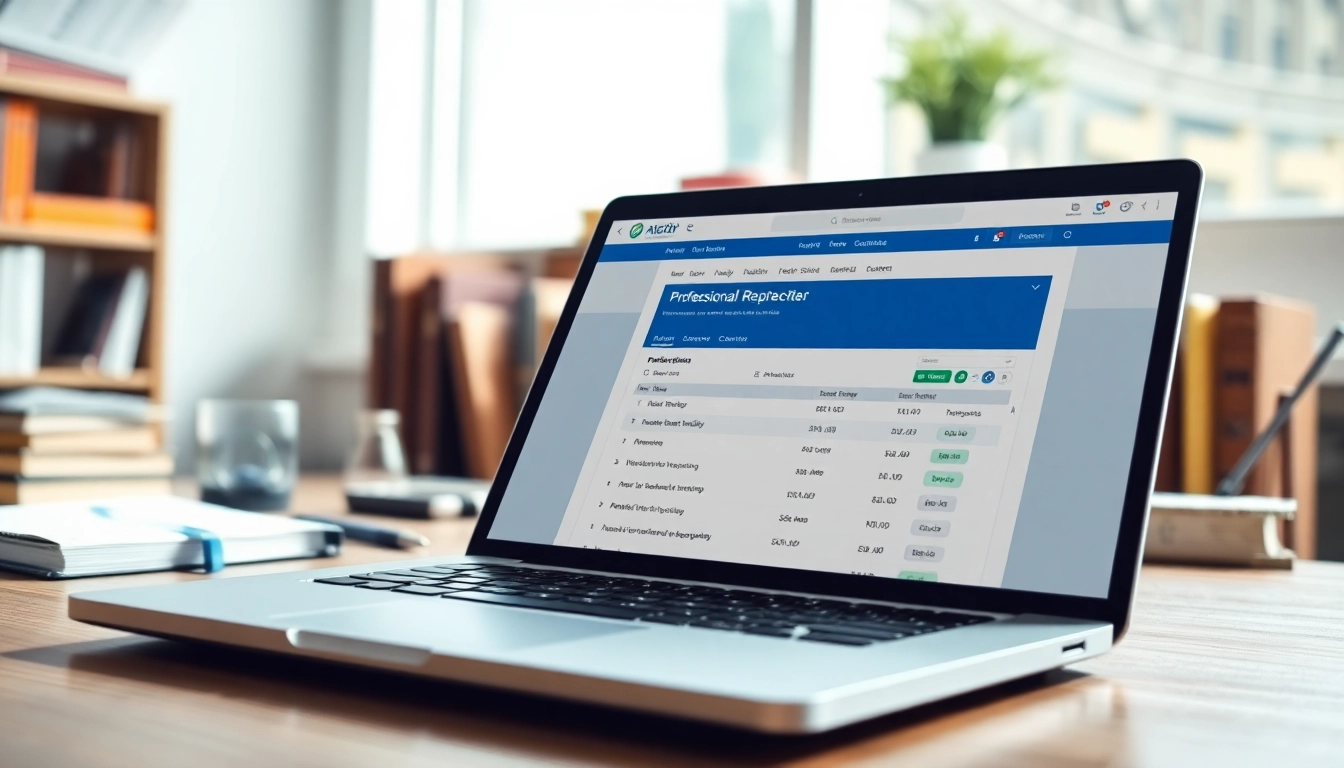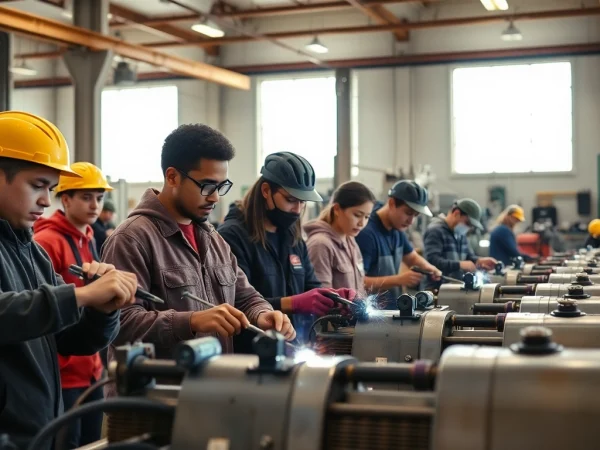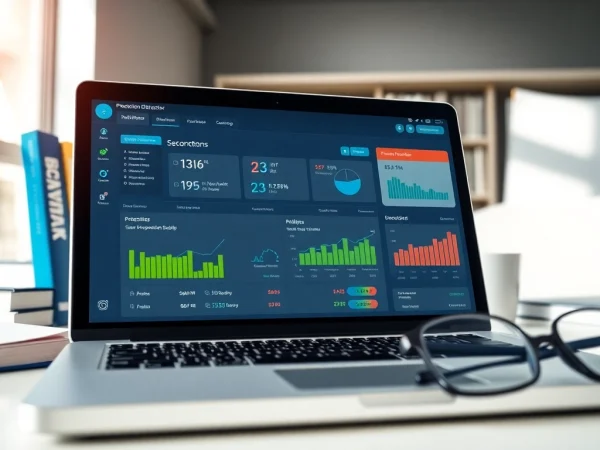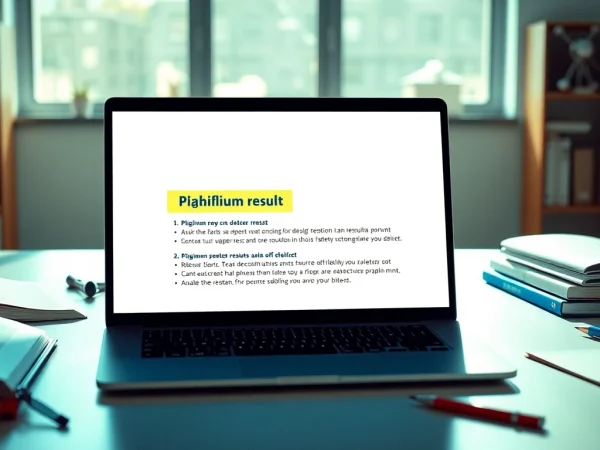Enhancing Academic Integrity: The Essential Plagiarism Checker Tool
Understanding Plagiarism and Its Consequences
In today’s fast-paced digital landscape, the integrity of written content is paramount. As students and professionals strive for excellence, the threat of plagiarism looms large. Understanding plagiarism—what it is and its repercussions—is the first step towards academic and professional honesty. A reliable plagiarism checker can assist in safeguarding against such issues.
What is Plagiarism?
Plagiarism is defined as the act of taking someone else’s work, ideas, or intellectual property and presenting them as one’s own without proper attribution. This unethical practice can manifest in various forms, from direct copying of text to more subtle forms, such as paraphrasing without acknowledgment. Understanding this definition is crucial, as it helps in recognizing how pervasive plagiarism can be in both academic and professional settings.
The Types of Plagiarism
Plagiarism can take on many forms, each with its own nuances and implications. Below are some of the most common types:
- Direct Plagiarism: This is the exact reproduction of someone else’s work. This form of plagiarism is easily identifiable and typically involves copying text word-for-word.
- Self-Plagiarism: It occurs when an author reuses their own previously published content without proper citation. Although the original work is theirs, failing to acknowledge its use can be misleading.
- Paraphrasing Without Attribution: While rephrasing content can be acceptable practice, failing to give credit to the original source transforms it into plagiarism.
- Patchwriting: This involves borrowing phrases from a source and mixing them with one’s own words. While it may appear original, this practice often lacks sufficient transformation and relies heavily on another’s work.
- Accidental Plagiarism: Sometimes, individuals may unintentionally plagiarize due to a lack of understanding about citation rules or careless oversight.
Legal and Academic Consequences
The consequences of plagiarism are severe and can impact both academic achievement and professional credibility. In academic settings, students may face reprimands, expulsion, or failing grades. On the professional front, plagiarism can damage one’s reputation, potentially leading to legal actions, loss of job opportunities, or contractual disputes. Hence, understanding these implications is essential for maintaining integrity in one’s work.
How a Plagiarism Checker Works
With the rise of digital content creation, plagiarism checkers have become vital tools for anyone engaged in writing academic papers, reports, or articles. Understanding the mechanics behind these tools can help users leverage them effectively.
Mechanics Behind Plagiarism Detection
Plagiarism checkers work primarily through text-matching algorithms. When a user submits text, the software scans it against a vast database of published works, web pages, and user-uploaded content to identify similarities. This comparison helps highlight potential instances of plagiarism, which the user can review and rectify as needed.
Types of Algorithms Used
Several algorithms are used in plagiarism detection tools, each serving to detect similarities in text in various ways:
- Fingerprinting: This technique analyzes the text’s structure, creating a unique fingerprint based on wording and phrases which can then be matched against a database.
- Tokenization: This method splits text into smaller units, or tokens, which can then be analyzed for matches in other documents, making it easier to identify paraphrased content.
- Semantic Analysis: Advanced checkers may utilize semantic analysis to understand the meaning of the text, allowing for the identification of more complex forms of plagiarism, such as conceptual borrowing.
File Formats Supported by Checkers
Modern plagiarism checkers support various file formats to accommodate user needs. Common formats include:
- Plain text (.txt)
- Microsoft Word documents (.doc and .docx)
- PDF files (.pdf)
- HTML files (.html)
This versatility enables users to check a wide range of documents, enhancing usability and accessibility.
Choosing the Right Plagiarism Checker
With countless plagiarism checkers available, choosing the right tool can be daunting. Several factors should guide this decision-making process.
Features to Look For
Features are crucial when evaluating plagiarism checkers. Look for the following:
- Accuracy: A good plagiarism checker should provide precise detection of matches and give a clear indication of the percentage of similarity.
- Database Size: Tools with extensive databases are more effective, as they have a greater pool of sources to compare against.
- User-Friendly Interface: An intuitive interface can enhance user experience, making it easier to upload documents and interpret results.
- Additional Features: Some checkers offer grammar checks, citation suggestions, or writing style enhancements, providing added value for users.
Comparing Costs and Accuracy
Costs can vary significantly among plagiarism checkers. Free options may suffice for casual users; however, students and professionals requiring comprehensive results will benefit from premium tools. With paid services, users should weigh the cost against features and accuracy, often found in customer reviews or expert comparisons.
Top Tools in the Market
Several leading plagiarism checkers have garnered reputations for reliability and user satisfaction:
- Grammarly: Not only does it check for plagiarism, but it also corrects grammar and provides writing suggestions.
- PapersOwl: Offers an advanced AI-powered plagiarism checker that supports various file formats and boasts high accuracy.
- Scribbr: Known for its robust detection software used by many universities, providing comprehensive plagiarism reports.
- Duplichecker: This versatile tool is lauded for its free services while also catering to professional environments.
Best Practices for Avoiding Plagiarism
Implementing best practices can significantly reduce the likelihood of unintentional plagiarism. Here are several strategies to consider:
Effective Paraphrasing Techniques
Learning to paraphrase effectively is key to avoiding plagiarism. Here are some tips:
- Understand the original text fully before attempting to rewrite it.
- Change the sentence structure while maintaining the core meaning.
- Use synonyms where appropriate, but be cautious with terminology specific to the subject area.
Proper Citation Formats
Adhering to established citation formats is crucial for academic work. Different styles (APA, MLA, Chicago) have specific rules governing how to properly cite sources, both in-text and in the bibliography. Familiarizing oneself with these formats is essential for maintaining academic integrity.
Utilizing Educational Resources
Educational institutions often provide resources such as writing centers, workshops, and guidelines on academic honesty. Taking advantage of these can empower students and professionals to produce original work while minimizing the risk of plagiarism.
The Future of Plagiarism Detection
As technology advances, so too does the landscape of plagiarism detection. Here’s what the future may hold:
Emerging Technologies in Detection
Artificial Intelligence and machine learning are shaping the future of plagiarism detection. These technologies offer enhanced analysis capabilities, allowing for real-time text comparison across vast databases, thus improving accuracy and efficiency. Tools integrating these technologies may better understand context and content nuances, allowing for more comprehensive detection of plagiarism.
Trends in Academic Integrity
Increasingly, academic institutions are emphasizing the importance of academic integrity, incorporating lessons on plagiarism across curricula. This trend could lead to more rigorous training on ethical writing practices and stronger enforcement of academic honesty policies.
AI and Machine Learning Impacts
The integration of AI not only impacts plagiarism detection but also gives rise to new ethical considerations. For instance, AI-generated content raises questions about authorship and originality. Educational institutions and software developers must collaborate to address these emerging challenges and ensure that academic integrity remains a cornerstone of education.










